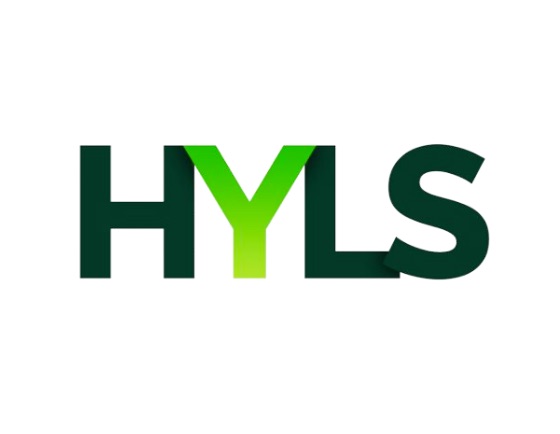323 reads
“Pay Want You Want” Model Got Us $1M Donations for Online Courses
by
August 5th, 2021

We are a donation-based online course platform that has already attracted $1M of donations from 90K users.
About Author
We are a donation-based online course platform that has already attracted $1M of donations from 90K users.